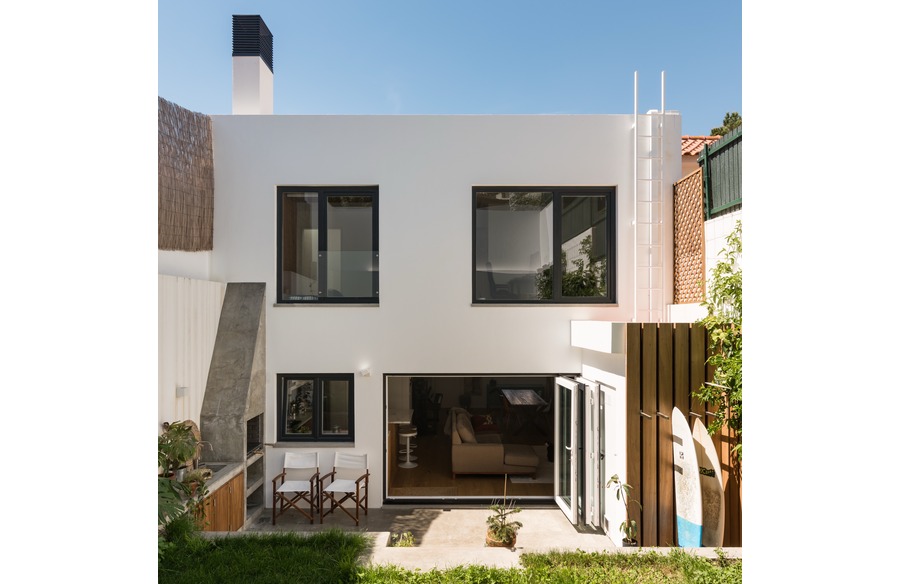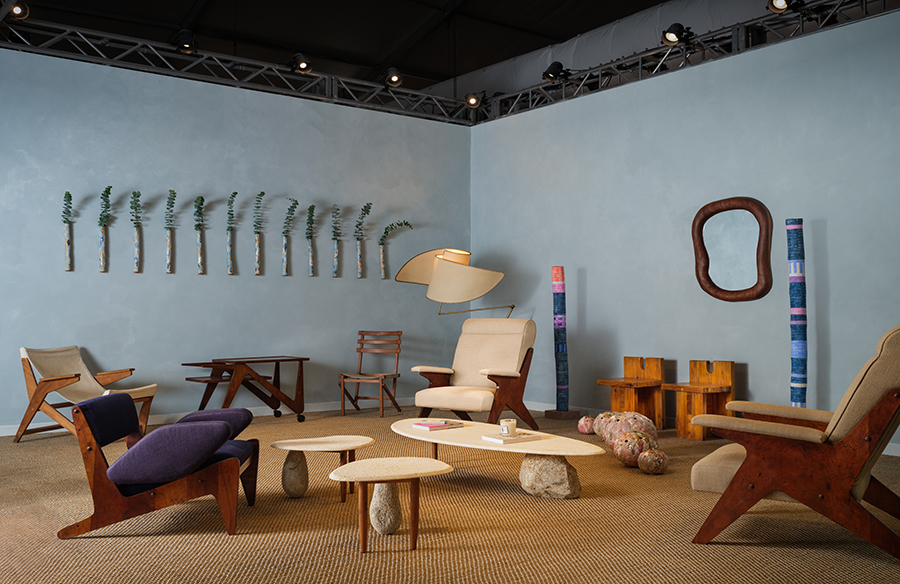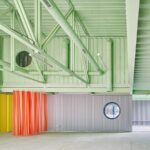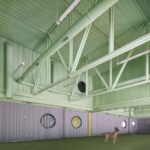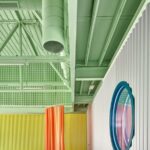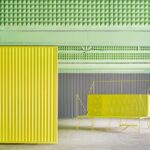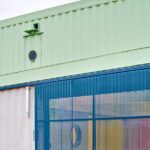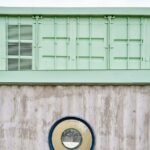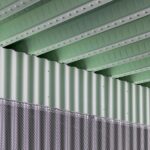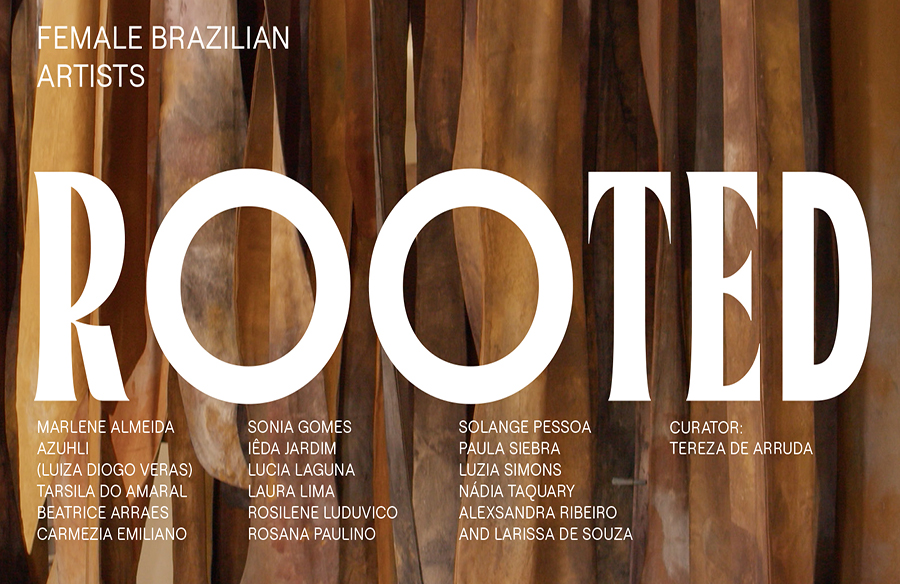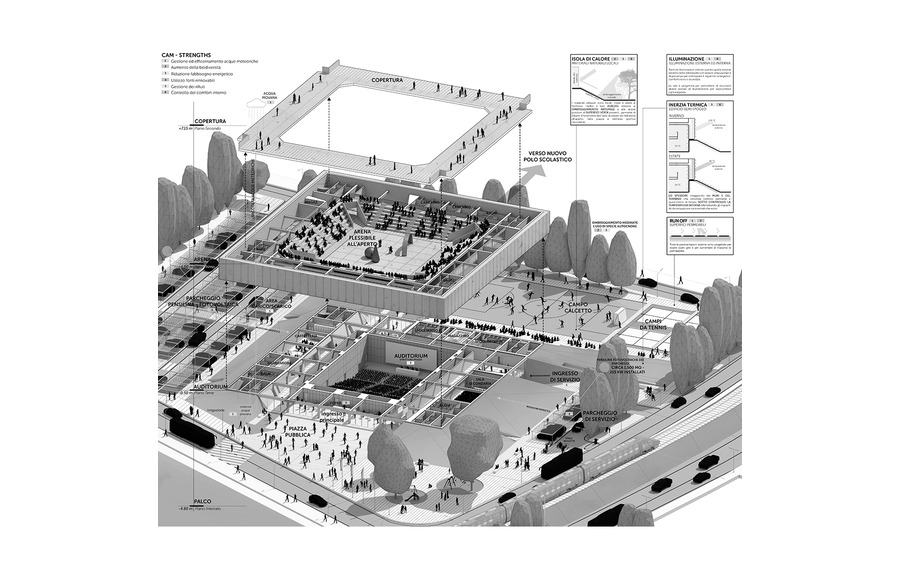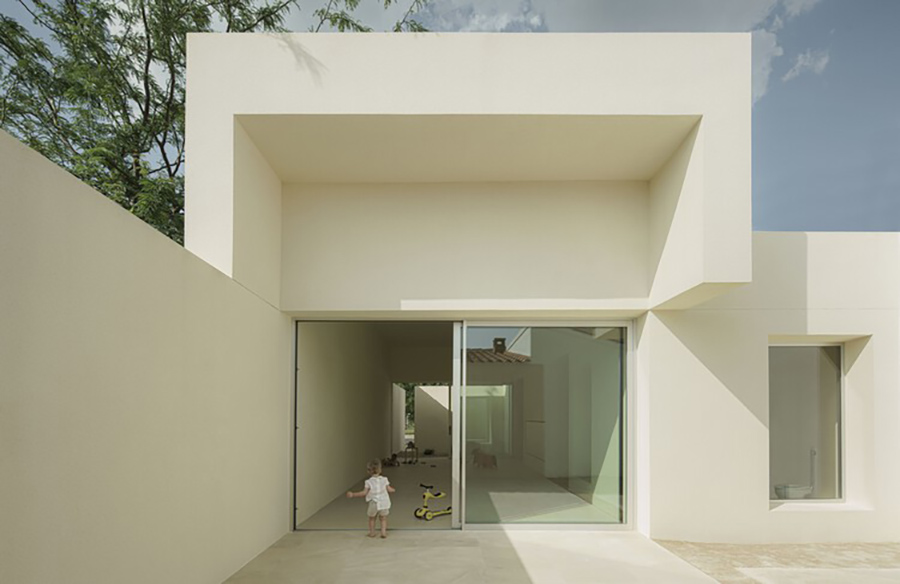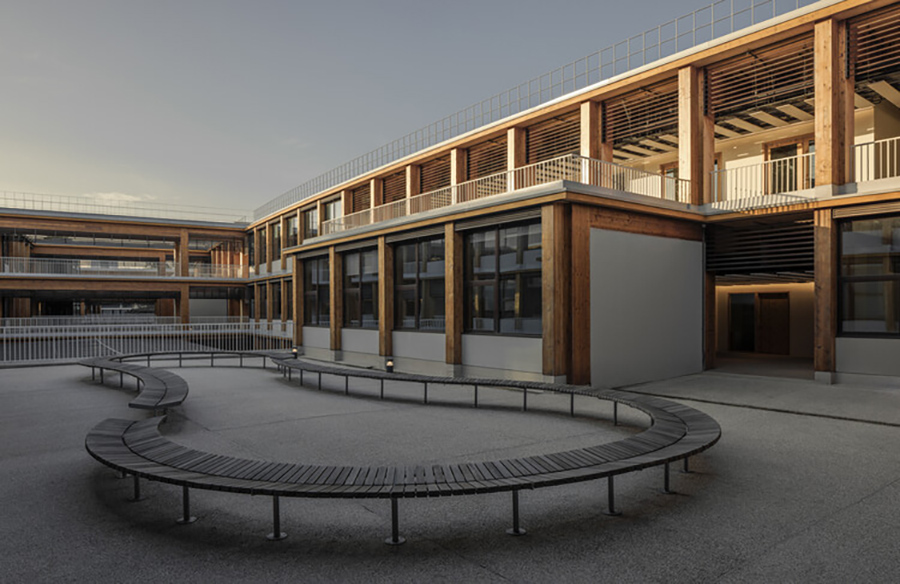Multi-Species Architecture: Educan School
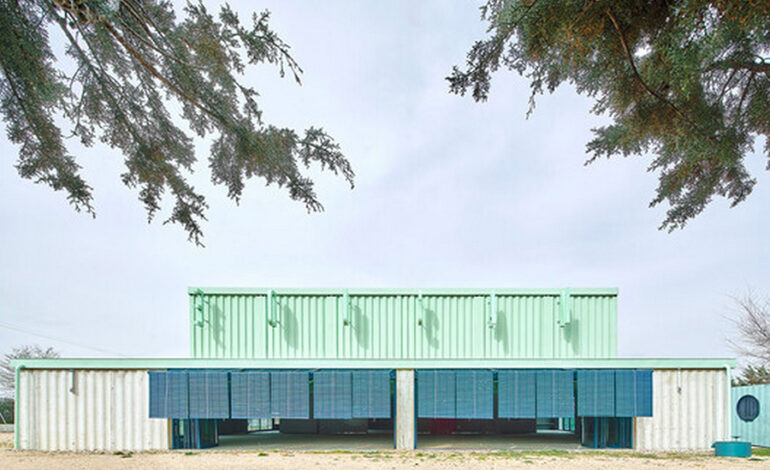
Situated in Brunete, Spain, the Educan School for Dogs, Humans, and Other Species is a pioneering architectural venture by Eeestudio and Lys Villalba. This innovative animal shelter challenges conventional design norms by accommodating various companion species within its premises, promoting harmony and ecological balance.
Integration of Companion Species
The school serves as a habitat for diverse species, including dogs, birds, and insects, fostering a symbiotic relationship between them. The architecture prioritizes the needs of non-human inhabitants, with features like bird nests integrated into the facade and specially designed spaces for canine activities.
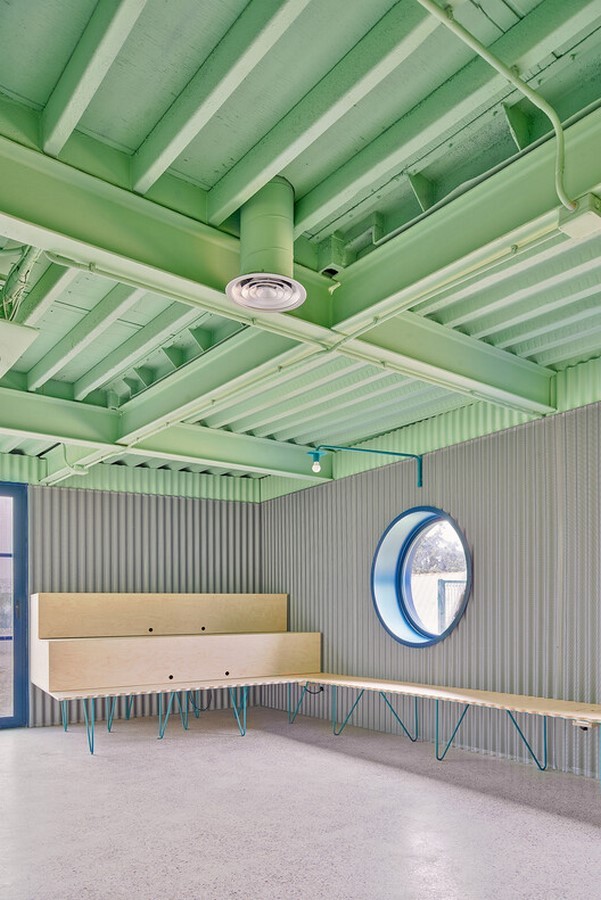
Design Adaptations for Canine Comfort
Flooring materials are tailored to suit the comfort and safety of dogs, with synthetic turf and polished concrete surfaces catering to their paw pads and joints. Interior elements are strategically positioned to minimize distractions, while sound-absorbing insulation reduces noise levels, creating a conducive environment for both animals and humans.
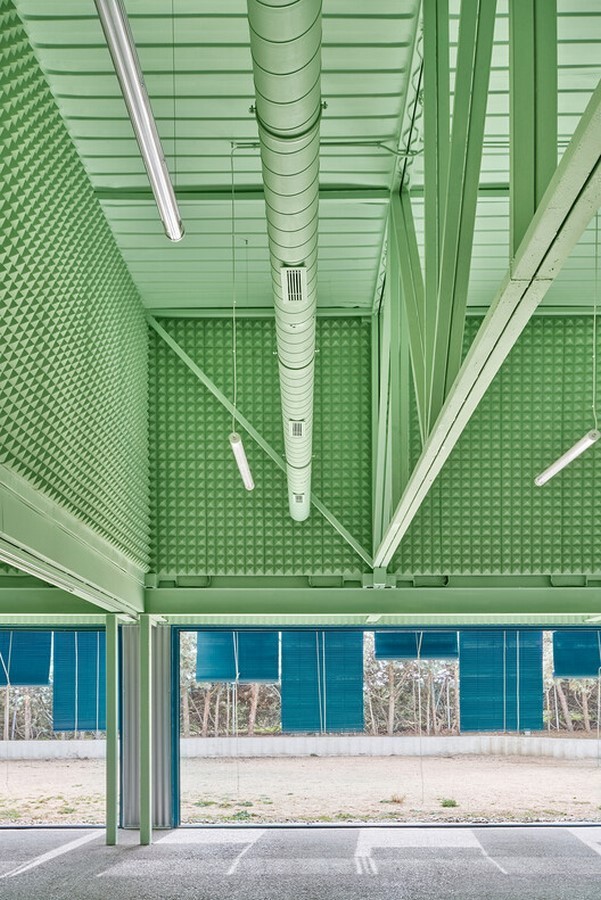
Sustainable Construction Practices
Educan showcases a fusion of materials and construction techniques, from repurposed shipping containers to industrial metal panels and laminated timber joints. The building exemplifies eco-conscious design by incorporating waste reduction strategies and utilizing bioclimatic control elements for energy efficiency.

Architectural Innovation
The project highlights the potential of agricultural architectures as sites for architectural experimentation and innovation. By embracing unconventional materials and construction methods, Educan demonstrates the versatility and adaptability of architectural design in addressing diverse ecological and functional requirements.
Educan School stands as a testament to the possibilities of multi-species architecture, fostering cohabitation and environmental stewardship while pushing the boundaries of architectural practice.


